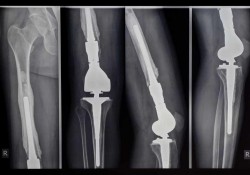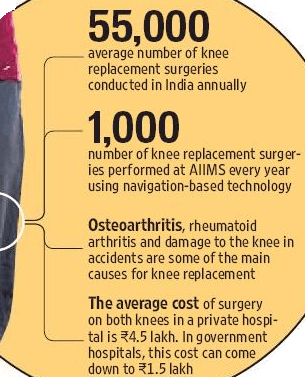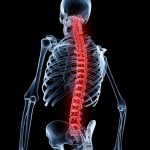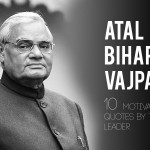
A KNEE-T JOB
07-03-2016 | Posted By: Admin | 2318 View(s)
As upgrades improve their efficacy, computer-assisted knee surgeries are helping those with arthritic or damaged joints get back on their feet, often on the same day as the procedure
Albert Colaco, 84, says being able to stand, walk, sleep and cycle again is nothing less than a miracle. Diagnosed with severe osteoarthritis in both knees, he could barely walk 50 metres at a stretch until eight months ago, when he underwent computer-assisted total knee replacement surgery at Mumbai’s Jaslok Hospital.
He was able to stand the same day and was discharged on day four. His surgeon Dr Ameet Pispati attributes this, in part, to the fact that the surgery was computerised-surgery.
“At Colaco’s age, operations are usually risky. But since all his vitals — blood pressure, sugar and haemoglobin levels — were normal, we decided to go ahead,” he says. “Because it was a computerised surgery, he was able to recover quickly and resume his routine.” Orthopaedic surgeons across India are finding that, as the technology improves, computer-assisted surgeries are offering even greater benefits to patients — benefits that have also been outlined in a 2015 study that analysed 57 knee replacement cases at Delhi’s All India Institute of Medical Sciences (AIIMS).
“Computer-assisted surgeries are not only more accurate but also safer. Additional benefits include shorter hospital stays, less blood loss and a reduced risk of post-surgery complications,” says Dr Rajesh Malhotra of the AIIMS orthopaedics department, who led the research team.
The study, which was published in the Journal of Bone and Joint Surgery, explored how computerisation reduced the risk of life-threatening clot formations that sometimes resulted from the cutting of the bone as done in conventional surgery.
“In a computerised surgery, surgeons can cut the bone at accurate angles and balance the soft tissue around the knee area. This helps in achieving better knee alignment too,” adds Dr Tejas Upasani, a Mumbai-based orthopaedic surgeon. “It also quantifies the tension around the ligament to help the doctor decide how much ligament release should he apply.”This kind of advancement is also encouraging patients to overcome their fear and go under the knife to improve their quality of life.
Delhi-based artist Manu Parekh, 76, for instance, opted for a knee replacement after an x-ray revealed that his arthritis had reached an advanced stage. “Driving had become very painful,” says Parekh. “So had standing for long hours, which I need to do daily to complete my paintings.”His condition was bad; the only way to improve his quality of life was to have both his knees replaced, says Dr Rajgopal, chairman of Medanta Hospital’s Bone and Joint Institute. Today, as a result of the surgery, Parekh is up on his feet, walking, painting and travelling again. “Studies have indicated that more than 90% of patients who have had total knee replacement surgery experience dramatic reductions in knee pain and a significant improvement in the quality of life,” adds Dr Rajgopal. “This is even more true for those undergoing computerised knee replacement surgery.”
New Delhi’s Indraprastha Apollo Hospital, for instance, is using the gyroscope technology — where disc-shaped equipment with a free axis of rotation helps surgeons position knee implants at nearperfect angles and orientations.
“The shelf life of an implant in a knee replacement procedure depends on how well the implant is aligned with the bone. The gyroscope technique helps immensely in this,” says Dr Yash Gulati, senior orthopaedic and joint reconstruction surgeon at the hospital.
While this is a case of a new kind of computerised equipment, similar degrees of improvement are coming to knee surgery via software upgrades. “The basic principle usually stays the same,” says Dr Malhotra of AIIMS. “The aim is to ensure that the implant is as well-aligned with the bone as possible. And different machines with their improved software are helping us achieve this alignment to a greater degree than ever before.”

Credit: Hindustan Times










